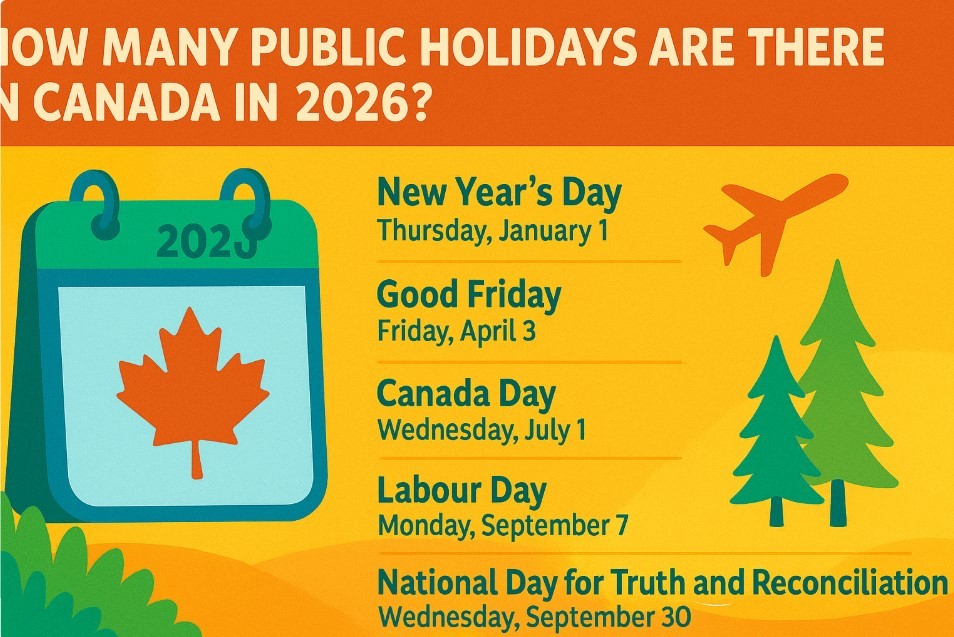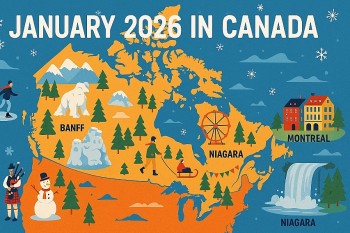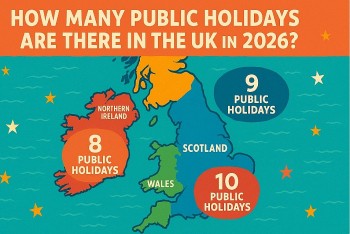How Many States and Territories Are There in Australia?
| Table of Contents |
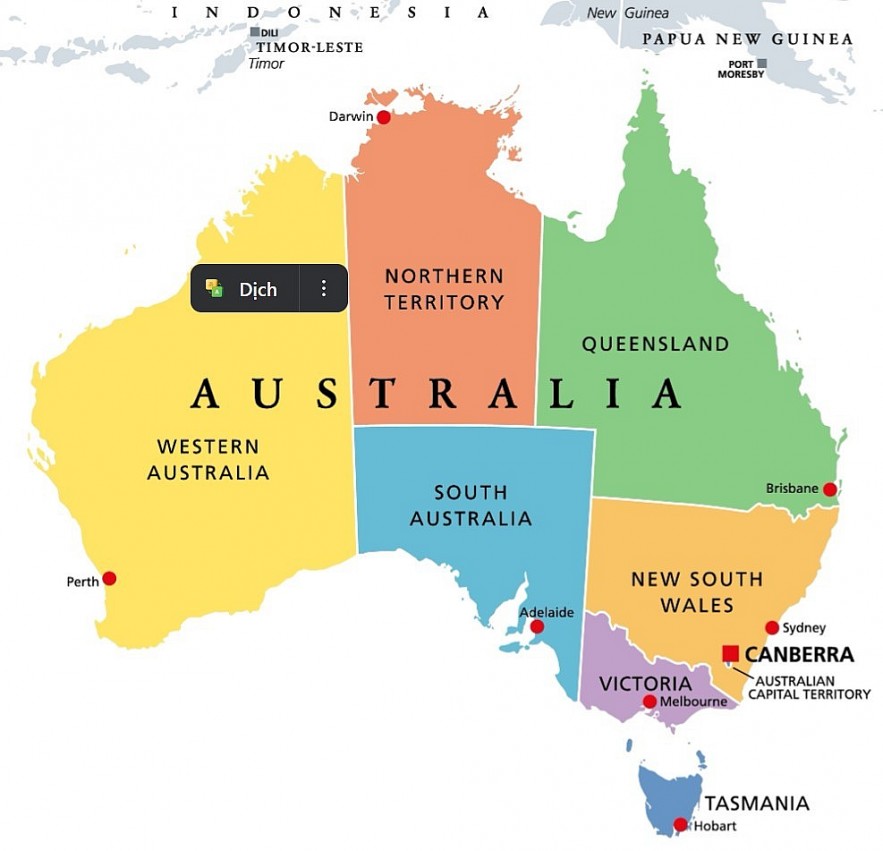 |
| Map of Australia with States |
Australia, known for its unique landscapes and diverse cultures, is a federation comprising six states and two territories. Each state possesses its own distinct history, economic landscape, and geographical features. This article delves into the number of states in Australia, their historical formation, population statistics, economic development indices, land area, geography, and key cities.
6 States of Australia
-
New South Wales (NSW)
- Capital: Sydney
- Area: Approximately 809,444 square kilometers
- Population: About 8 million (2023)
- Economic Development: NSW boasts the largest economy in Australia, driven by sectors like finance, manufacturing, and tourism.
-
Victoria (VIC)
- Capital: Melbourne
- Area: Approximately 227,416 square kilometers
- Population: About 6.5 million (2023)
- Economic Development: Known for its education, technology, and healthcare sectors, Victoria is a significant contributor to Australia's GDP.
-
Queensland (QLD)
- Capital: Brisbane
- Area: Approximately 1,852,642 square kilometers
- Population: About 5.2 million (2023)
- Economic Development: Queensland's economy is diverse, with significant contributions from tourism, agriculture, and mining.
-
Western Australia (WA)
- Capital: Perth
- Area: Approximately 2,646,000 square kilometers
- Population: About 2.7 million (2023)
- Economic Development: WA is a major player in mining, particularly iron ore and natural gas, making it one of the wealthiest states.
-
South Australia (SA)
- Capital: Adelaide
- Area: Approximately 983,482 square kilometers
- Population: About 1.8 million (2023)
- Economic Development: South Australia has a strong economy based on agriculture, manufacturing, and renewable energy.
-
Tasmania (TAS)
- Capital: Hobart
- Area: Approximately 68,401 square kilometers
- Population: About 541,500 (2023)
- Economic Development: Tasmania's economy is centered around agriculture, tourism, and renewable resources.
Territories of Australia
In addition to the states, Australia has two territories: the Australian Capital Territory (ACT) and the Northern Territory (NT).
-
Australian Capital Territory (ACT)
- Capital: Canberra
- Area: Approximately 2,358 square kilometers
- Population: About 431,000 (2023)
- Economic Development: The ACT is primarily government-focused, with a growing sector in education and healthcare.
-
Northern Territory (NT)
- Capital: Darwin
- Area: Approximately 1,420,000 square kilometers
- Population: About 250,000 (2023)
- Economic Development: The NT's economy relies heavily on mining, tourism, and agriculture.
History of States
The formation of Australia’s states can be traced back to the British colonization in the late 18th century. The first colony, New South Wales, was established in 1788. Over the following decades, other colonies were founded, leading to the establishment of separate states. In 1901, Australia became a federation, uniting the colonies into the Commonwealth of Australia, which defined the boundaries of the states we recognize today.
Geographical Features
Australia’s diverse geography includes stunning coastlines, vast deserts, and unique wildlife. The Great Barrier Reef, located off the coast of Queensland, is the world’s largest coral reef system. The Outback, characterized by arid land, is another iconic feature, presenting a stark contrast to the lush landscapes of Tasmania and the urban environments of major cities like Sydney and Melbourne.
In Conclusion
Australia's states and territories each contribute to the nation's rich tapestry of culture, economy, and geography. Understanding the historical formation and current demographics of these regions provides insight into Australia’s identity as a nation. As Australia continues to grow and evolve, the significance of its states remains paramount in shaping its future.
FAQs
-
How many states are there in Australia?
- Australia has six states and two territories.
-
What are the capitals of the Australian states?
- New South Wales (Sydney), Victoria (Melbourne), Queensland (Brisbane), Western Australia (Perth), South Australia (Adelaide), and Tasmania (Hobart).
-
Which state has the largest population?
- New South Wales has the largest population among the states.
-
What is the largest state in terms of area?
- Western Australia is the largest state by area.
-
What industries drive Australia's economy?
- Key industries include mining, agriculture, tourism, manufacturing, and finance.
-
What is the significance of the Australian Capital Territory?
- The ACT houses the nation’s capital, Canberra, and is the center of the federal government.
This overview highlights the complexity and diversity of Australia’s states and territories, showcasing their unique contributions to the country as a whole.
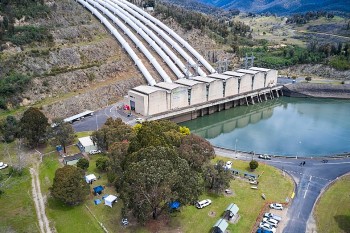 Top 6 Largest Hydroelectric Plants in Australia Top 6 Largest Hydroelectric Plants in Australia Australia has more than 120 power stations that use hydroelectric power, which is a major source of renewable energy in the country. Australia's hydroelectric dams ... |
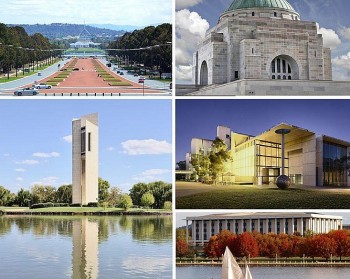 Top 10 Safest Cities in Australia to Live and Travel Top 10 Safest Cities in Australia to Live and Travel Which is the safest city in Australia? Find out everything you need to know about the safest cities in Australia in this comprehensive guide. |
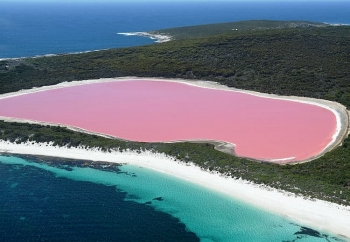 Top 7 Weirdest Things Happened Only in Australia Top 7 Weirdest Things Happened Only in Australia There is a list of strange things that have only happened in Australia on Knowinsiders.com that will help you learn more about this beautiful country. |





